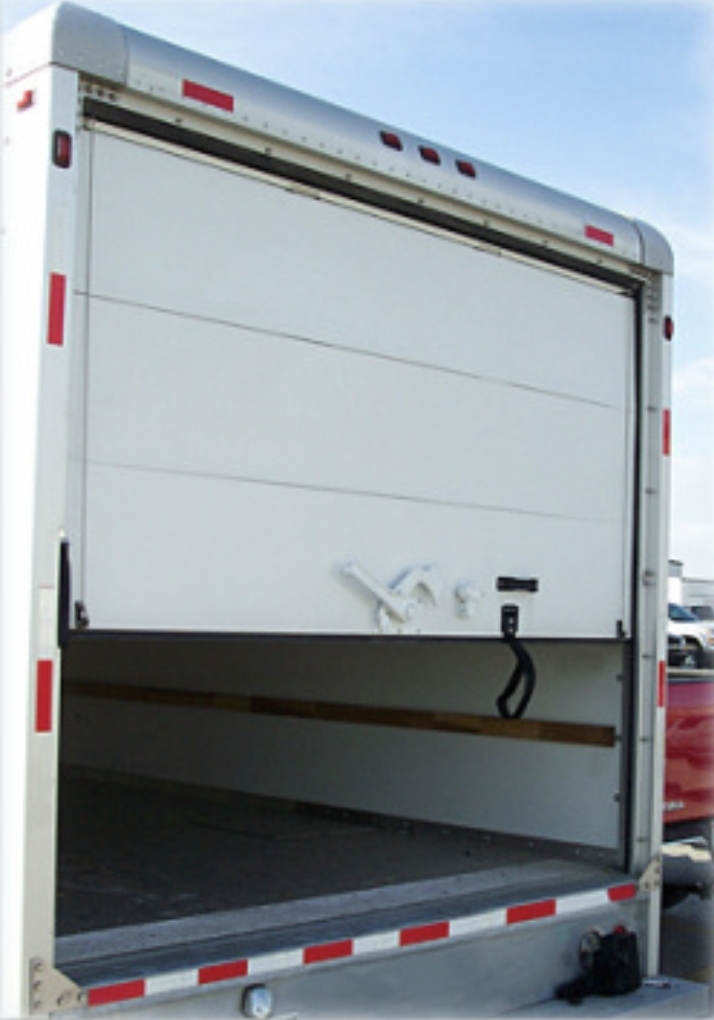Unravelling the Complexities of Roll Up Door Cable Issues: Investigating 16 Causes for Loose Cables Off the Drums
Roll up door cables, integral to the counterbalancing system, are susceptible to issues that can disrupt the smooth operation of the door. When these cables disengage from drums or pulleys, the consequences can be significant. This comprehensive exploration delves into 16 common causes for cable disengagement, shedding light on the technical intricacies involved.
The Role of Roll Up Door Cables
In the complex choreography of roll up door mechanics, cables play a pivotal role. Their function is to transmit the lifting force generated by torsion or extension springs to the bottom brackets of the door. This interplay is essential for the counterbalancing system to operate seamlessly.
Unpacking the Causes of Roll Up Door Cable Slippage
The foremost reasons for cables slipping off drums can be categorised into two primary issues: cable slack and cable breakage. Cable slack often results from user errors, broken springs, or cable corrosion. Maintaining a constant tension throughout the door’s opening and closing cycles is crucial for the safety and efficiency of the entire system.While repairing or replacing Roll up door cables is a routine task for technicians, identifying the root causes becomes paramount for preventing recurrent issues.
The following expanded list provides a more in-depth exploration of prevalent reasons for loose or broken cables:
- Door Set On Object
- Placing the door on an object in the opening, such as broom handles, pallets, or ice buildup, can create an uneven weight distribution. This imbalance may cause the cable to jump across the grooves in the drums, resulting in a tangled mess or more severe complications.
- Broken Torsion Spring
- In the event of a torsion spring breaking while the door is open, the door could come crashing down to the floor. Installing two springs can mitigate this risk, as the second spring can temporarily maintain tension on the cables until repairs are undertaken.
- Excessive Manual Force
- The manual force used to open and close the door must be applied carefully. Rapid door raising or lifting the door above parallel with the header can cause the cables to slip off the drums.
- Corrosion From Damp Environments
- Moisture and chemicals, especially in corrosive environments, can weaken metal door components, including cable fittings. Regular monitoring and the use of high-quality, corrosion-resistant cables are advisable.
- Wrong Spring Configuration
- Roll up doors counterbalanced by torsion springs require precise calibration and installation. Springs that are too weak or too strong can cause cable slack, leading to disengagement from the drums.
- Improper Torsion Spring Tension
- Incorrect installation practices, such as using the wrong springs or adding excessive weight to the door, can result in unwound cables. Maintaining the correct tension on torsion springs is crucial for cable stability.
- Frayed Cable Assembly
- Cable assemblies, composed of multiple smaller cables wound together, can fray over time due to prolonged friction against door components. Regular inspections are essential to identify signs of wear and potential cable failure.
- Loose Set Screws
- The set screws on cable drums, if not adequately tightened, increase the risk of slippage. Striking a balance between tightening and avoiding over-tightening is crucial to prevent drum detachment.
- Loose Or Uneven Installation
- During the initial installation, ensuring even cable tension on both sides of the door is crucial. Uneven tension can lead to unwinding on one side, causing cable-related issues.
- Door Frozen to Floor
- In freezing temperatures, doors stuck to the floor due to ice buildup pose a considerable risk. Attempting to open a frozen door can lead to violent cable disengagement, causing potential damage.
- Worn Out Roller Wheels
- Roll up doors should ideally have ball-bearing rollers for smooth operation. Regular checks for wear and damage, especially on bottom rollers, can prevent issues that may lead to cable dislodgment.
- Bent Door Sections
- Bent or damaged door panels, particularly at the bottom, can create an imbalance that causes cables to slip off the drums. Monitoring and addressing bent sections are crucial for overall door stability.
- Defective Cable Assembly
- While pre-made cable assemblies assure consistent quality, issues with hand-made cables can arise. Over-crimping or under-crimping during assembly, as well as damage during storage or shipment, can lead to cable failure.
- Unlevel or Bent Track
- Vertical and horizontal tracks must be level, flush, and plumb for proper door operation. Any misalignment or bending can cause pinching during door movement, potentially leading to cable issues.
- Broken Brackets Or Drums
- Aging parts, such as drums and bottom brackets, are susceptible to wear and tear. Regular inspection and replacement of worn-out components are essential to prevent cable-related problems.
- Poor Maintenance Or Installation
- The overall longevity and reliability of roll-up doors hinge on proper installation and regular maintenance. Neglecting preventive measures can result in accelerated wear, leading to issues such as cable slippage.
Conclusion:
A Comprehensive Approach to TroubleshootingIn conclusion, understanding the diverse reasons behind roll-up door cable problems is essential for effective troubleshooting. Regular inspections, preventive maintenance, and professional installations contribute to the longevity and reliability of Roll up door systems. By addressing these intricate technicalities, users can ensure the smooth and safe operation of their roll-up doors, minimising the risk of cable-related complications.

